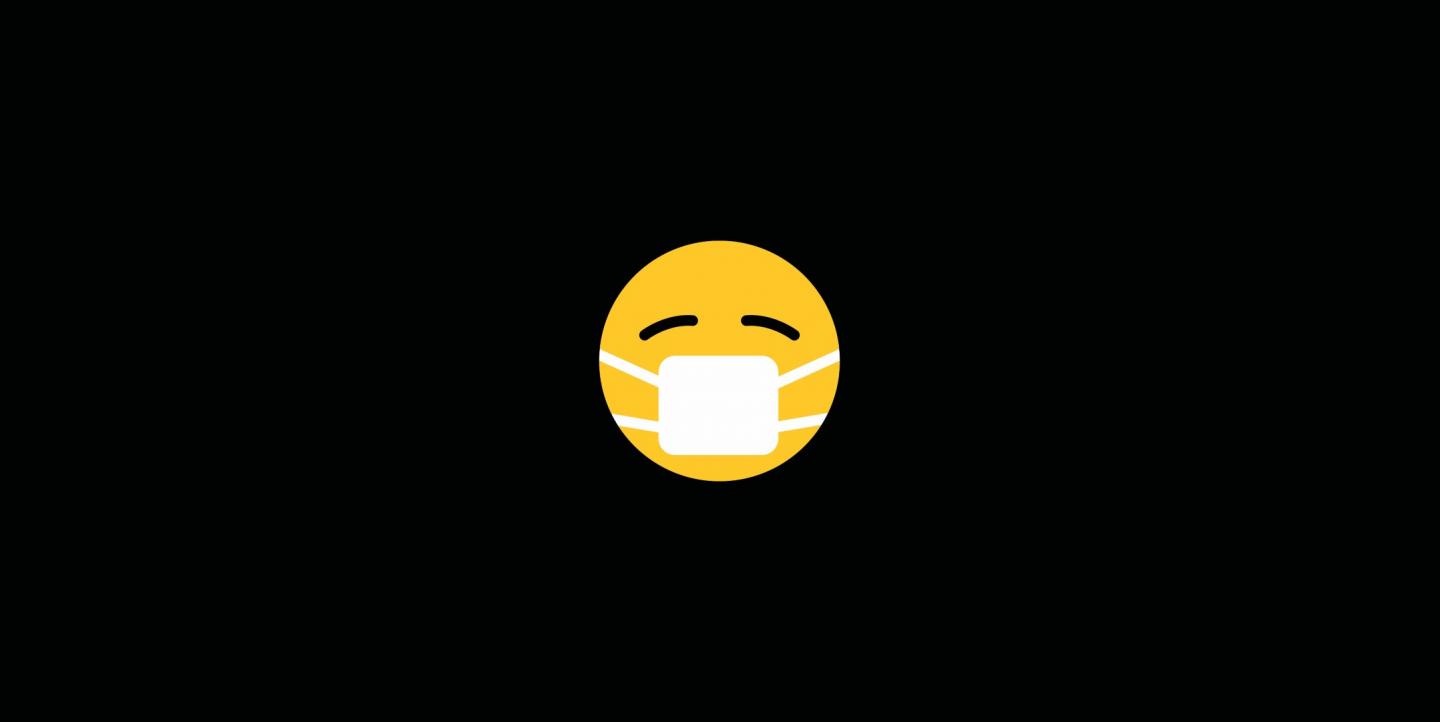Journalists are on the front lines of the pandemic, sometimes risking their health to provide up-to-date information to the public. When reporters themselves contract the novel coronavirus, it takes a toll, physically and emotionally, three reporters who have lived through it said Wednesday in an ICFJ webinar.
“I think this must be the loneliest, most stigmatized disease in human history,” Howie Severino told Patrick Butler, ICFJ Vice President of Content and Community who hosted the discussion. During his time at a hospital in the Philippines, Severino worked with a nurse to film a documentary on his phone camera about the situation on the front lines for nurses and patients.
Journalists Lola Gómez and Pete Kiehart, who have also recovered from the novel coronavirus, also participated in the discussion. “Editors need to be listening to their journalists to make sure that their journalists feel comfortable, and at the same time, make sure that journalists are behaving in a responsible way,” Kiehart said.
Here are key quotes from the conversation:
On getting sick and recovering :
- “As a photographer, we can’t work from home. We have to be out there taking photos and presenting everything that is going on in our communities,” said Gómez, an Austin American-Statesman photographer. After trying to receive a test five different times, she filmed her experience in the hospital.
- “The hardest part for me was the isolation,” said Kiehart, a Paris-based freelance photojournalist who is now staying in North Carolina with his parents and girlfriend, who is also a photojournalist. He was able to get a test immediately following international travel. However, ending isolation was just as hard, he said. “My biggest fear became, you know, infecting somebody who I care about, rather than my own health.”
- Severino, a reporter with the GMA Network in the Philippines, said that he was often worried about discrimination against his family after he contracted COVID-19. “There was a doctor friend of mine. She told me that previously whenever she walked into a store wearing her doctor's white gown, she immediately got respect,” he said. “But she noticed that people were starting to kind of stay away from her and even giving her a hard time when she tried to enter stores and in malls. So I knew that there was this this is discrimination going on.”
[Read more: Mental health tips and resources for journalists]
On mental health:
- “I think the health care community has to pay more attention to mental health and mental wellness issues, because I think it has a large effect on patients' chances of survival,” Severino said.
On how to stay safe while reporting:
- Gómez urged reporters to follow CDC guidelines. “You have to be extra careful as a journalist, because it's just one mistake, that’s what it takes [to contract the virus],” she said
- Kiehart’s advice is to assume you have already been exposed to COVID-19 and to take appropriate precautions.
- “Physical distance between you and other people, that goes against the nature of our work as visual journalists. I mean, we need to get close to the action,” Severino said. “We have to resist that instinct.”
[Read more: Tips for getting COVID-19 footage from home]
On their reporting tips:
- “[People] blame media, saying the media is creating panic in every country, which is not true. We just deliver the stories, and we just give numbers, and we manage to have all this information and give it to the public,” Gómez said. Her advice to journalists is to share with audiences the experiences of patients and nurses. “If you don't believe what journalists are doing out there right now with this virus, believe in people that are telling their stories from hospitals, from their homes.”
- “Social media is a great place to find stories, but not necessarily to learn about what's going on,” Kiehart said. “If you see something on social media that seems off or seems crazy, get in touch with that person, and maybe it's a story, but maybe they're also a bot.”
- “We need to be more discerning on what we choose to amplify. The role of scientists and medical professionals in sharing facts, in presenting information is more important than ever. And maybe that maybe the role of some politicians should be maybe minimized in terms of the way their voices are amplified in the media, because bad information these days is no longer just entertaining. I mean, it can kill,” Severino said. “Our role is to find facts and truth.”
On the responsibility of newsroom managers for ensuring their employees’ safety:
- “If you go to a war, you need a training to know how to cover war. Or if you have a natural disaster, you need training to know how to do that,” Gómez said. “And the newsrooms all over the world, they need to invest in [protecting journalists] more.”
- “It's also incumbent on the editors to make sure that the photographers and journalists that they're assigning are educated and are being safe,” Kiehart said.
Main image CC-licensed by Unsplash via Free To Use Sounds.

